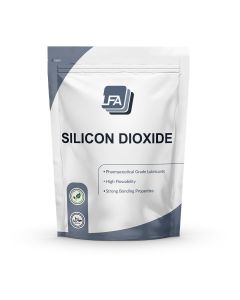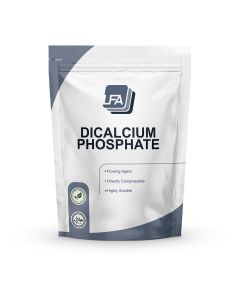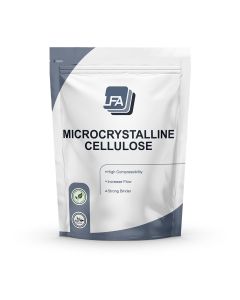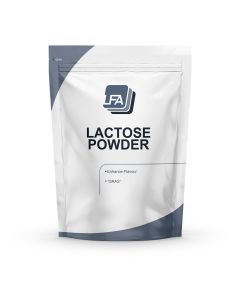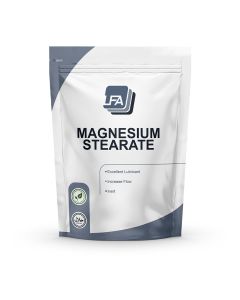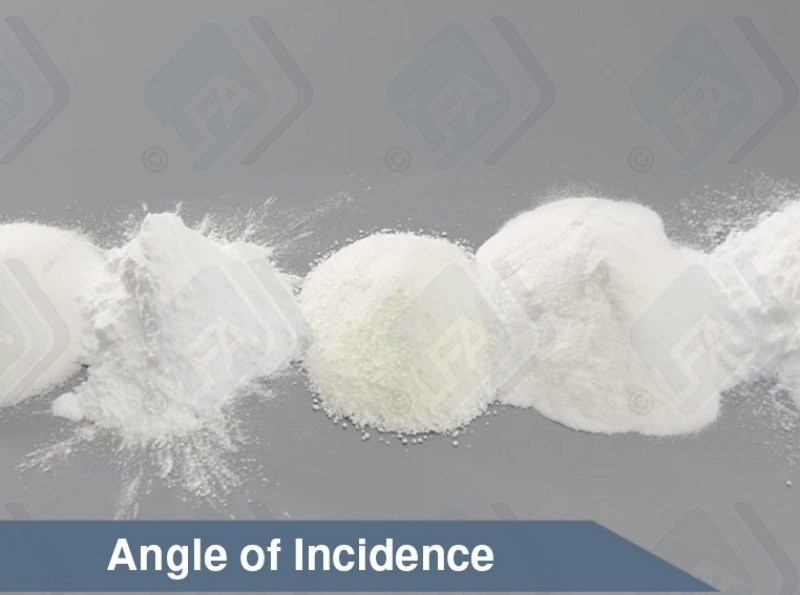Calculating Bulk Density - Making a Tablet Pill Mix
Bulk Density
Hello and welcome to LFA’s guide to bulk density. A small change in powders can make a dramatic change to your tablet making it important to measure the characteristics of powders and granules during production.
Also, bulk density should be checked from time to time as ingredients can change, and be affected by things such as humidity. If left unchecked, the incorrect force may be applied which could lead to capping and lamination.
Before doing this ensure your tablet mix is ready with your active and excipients and will flow nicely through your press.
This step is to work out the size of tooling that is needed to determine the tablet size and weight you’re looking for.
To perform this test we need to take a 1-litre cylinder, this can be done with smaller cylinders or jugs but it won’t be as accurate.
Place the cylinder onto the scales, the more precise the scales the better.
Now tare the scales and fill the cylinder up to the 1-litre mark with your mix.
Once it reaches the 1-litre line don’t tamp the powder down as we want to be using what is called our loose bulk density.
As an example if we shake our cylinder you’ll see the powder compact, this is known as your tamped bulk density which we’re not interested in.
Next, record the weight of the 1 litre of powder.
To calculate the loose bulk density you take the weight of the full cylinder, in our example, it’s 597 grams. Now divide it by the 1000ml in the cylinder which gives us 0.597 grams per ml or cm2(cubed).
This can be used to calculate the weight of a tablet depending on the size of the die.
As an additional example, this is 597 grams of a different product, as you can see it shows the major differences between powders. This powder would be able to make a tablet twice as heavy with the same amount of powder as compared to the last one.
Now we can calculate our die size with our bulk density.
Now we’re going to calculate what the maximum weight we can fit into our current die.
In this example, our die is 12mm fill depth but it’s best practice to convert to centimetres so in this case 1.2cm. Our die is a standard circle shape with a 10mm or 1.0cm die bore diameter.
From this, we need to calculate the total volume of our die bore and find out the cubic centimetres inside.
The maths to measure this is (Say: Pi, R(radius), Cubed, times Height) Π radius (is half the diameter of the die you are using) ² x-height (hight is the maximum fill depth that you can do on your machine)but Google has a great tool to do this for you which we’ll link below.
So we have
0.5cm Radius
1.2cm Height
= 0.94cm
0.94 cm is our maximum space inside our die. Now we take our powder bulk density from earlier and times it by our maximum die space.
Bulk Density is 0.597 which is 597mg
Die Space is 0.94
597 x 0.94 = 561.18mg
561.18mg is our maximum for a die with a fill depth of 12mm and a 10mm die bore, however at LFA we recommend giving some extra space so we’d say 510mg would be the maximum before you consider a bigger die.

